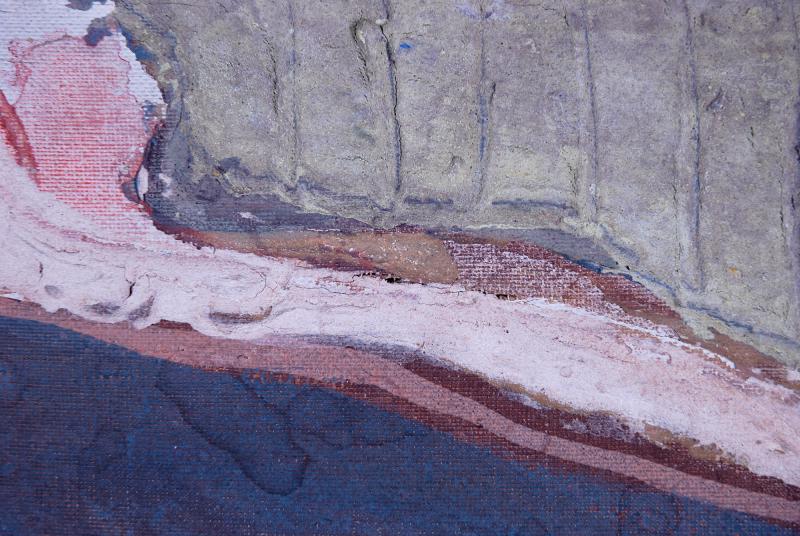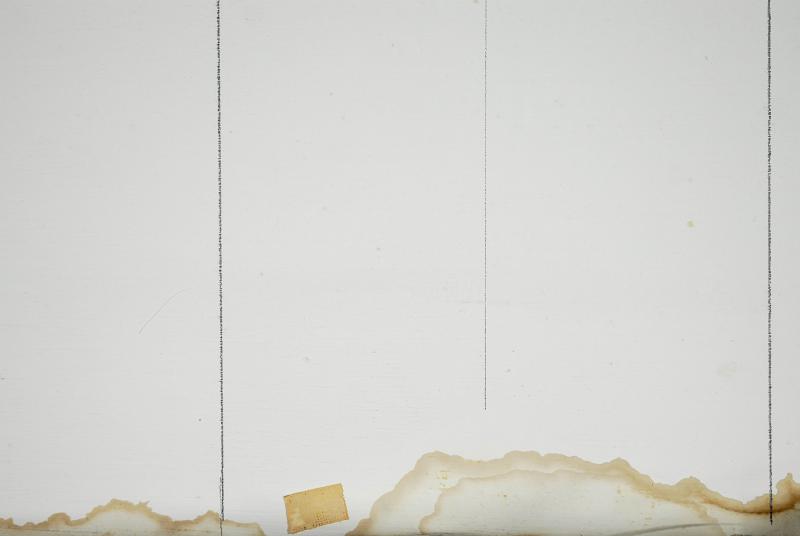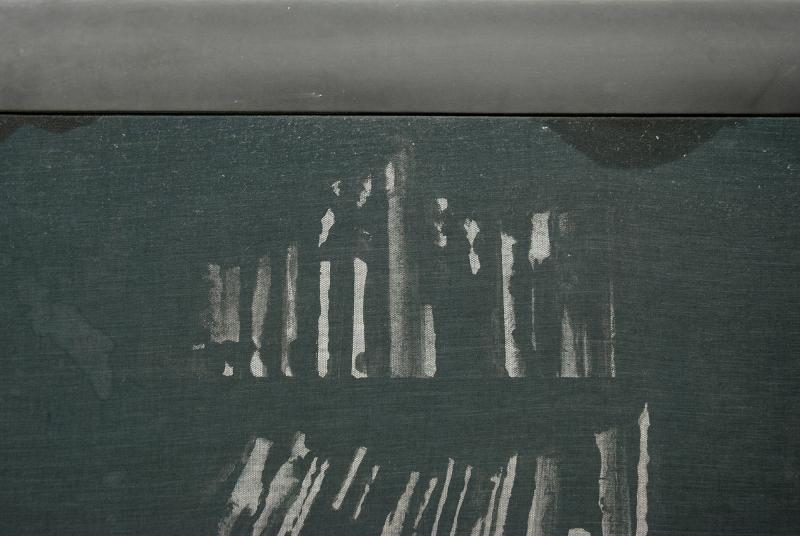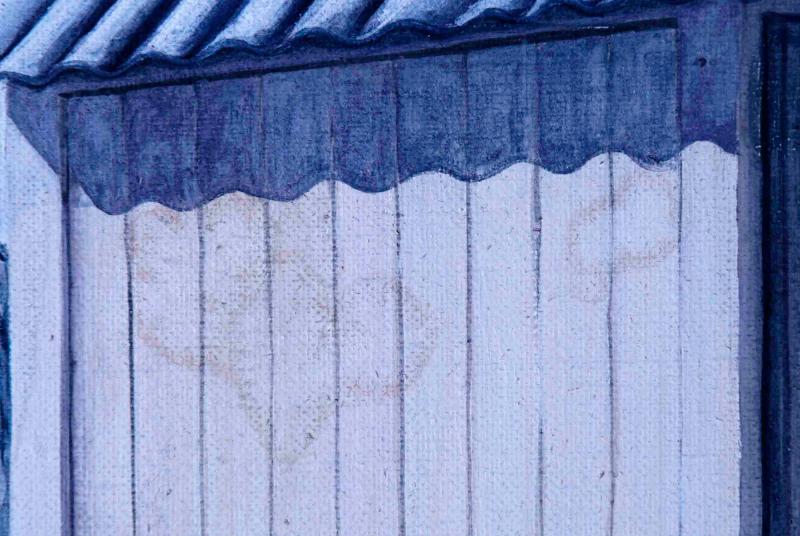Degradation phenomena
Deposits and Stains
Tideline
A change in hue to an area, generally with a darker ring along its edge. Found on either the front or back of the canvas.COMMENT: COMMENT: Caused by a fluid coming into contact with the painting and subsequently drying, leaving a concentration of dirt or paint particles along the edges of its outmost rim.
Literature
Arslanoglu J., Aquazol as used un conservation practice, 2004, in: WAAC Newsletter vol. 26 nr.1 2004, pp 86-104http://cool.conservation-us.org/waac/wn/wn26/wn26-1/wn26-105.pdf
Sandbakken E.G., Tveit E.S., Preserving a Master: Edvard Munch and His Painted Sketches, 2012, in: Journal of Urban Culture Research Vol. 5 2012,
https://www.tci-thaijo.org/index.php/JUCR/article/view/20514/17822
Norton A., The conservation of a contemporary collage, 1999, in: American Institute for Conservation, Book and Paper Group Annual conference, 1999, pp 56-70
https://cool.conservation-us.org/coolaic/sg/bpg/annual/v18/bp18-11.html
Beerkens L., Noble P., Weerdenberg S., From Pollock drips to perfect white in Jan Schoonhoven’s Zero reliefs, 2017, in: Postprints of the ICOM-CC 18th Triennial Conference, Copenhagen, 2017, paper 0903
https://www.icom-cc-publications-online.org/PublicationDetail.aspx?cid=b4fd819a-ec23-4e61-8a9a-084a8830ec50
Deposits and Stains
(Insect) ExcretionsGraffiti
Imbibed Dirt
Loose Dirt
Soot
Spatter
Stain
Tideline








